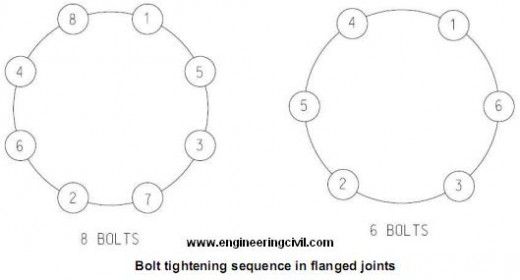Air valves are broadly classified into two main types: single air valves and double air valves. Single air valve contains a small orifice air valve which allows automatic release of a small amount of accumulated air during normal operation of the pressurized pipeline. Double air valves contain a small orifice air valve and a large orifice air valve. The large orifice air valve exhausts air automatically during filling and permits admission of air during emptying of the pipeline. However, it cannot perform the function of a small orifice air valves.
Advertisements
The presence of air in the pressurized pipeline is undesirable due to the following reasons:
(i) The presence of air causes significant impedance to water flow and in the worst case it may even cause complete blockage of the system.
(ii) The air induces considerable head loss to the system and causes the wastage of useful energy.
(iii) It may cause serious damage to meters and even cause inaccurate reading of the meters.
(iv) The presence of air causes water hammer damage to the pipeline.
The absence of air (i.e. during emptying operation of pipeline in routine maintenance) may also generate problems owing to the following:
(i) The suction generated draws in dirt and mud through faulty connections and cracks in pipelines.
(ii) The seals, gaskets and internal accessories will be suctioned inside the pipelines.
(iii) Sometimes, the suction forces may be so significant to cause collapse of pipelines.
One may query that if a large orifice air valves can perform the functions of filling and release of air, why is it necessary to add small orifice air valves in the pipeline system for release of accumulated air during normal operation? The reason is that the air accumulated at the high points of pressurized system will be expelled through the large orifice air valves (in case no small orifice air valves are installed in the system) upon starting of a pump and with such rapid outflow of air through the large valves, high slam pressure may be produced resulting in the damage of the pipelines.
Advertisements
This question is taken from book named – A Self Learning Manual – Mastering Different Fields of Civil Engineering Works (VC-Q-A-Method) by Vincent T. H. CHU.

